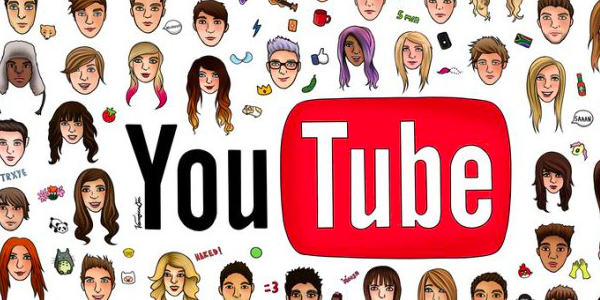Tuesday at 11 a.m. is the witching hour as far as Jocelyn Mercer is concerned. It’s the moment when, each week, she and her team at CJ Mercon Productions launch the latest episode of How To Cake It on YouTube. No matter what else is going on, she knows the channel’s more than one million subscribers are counting on her.
“It will be on there come hell or high water,” Mercer said during a panel entitled YouTubers: The New Media? at C2 Montréal. “Consistency is a big part of building your audience. They want to know they can trust you to come back.”
In fact, one of the biggest challenges between working on YouTube and traditional TV may be the frenetic pace at which content must be created and disseminated, suggested Tara Hunt, author and founder of Truly Social.
“The networks are really feeling the burn with this one,” she said. “There are no ‘seasons’ and you have to create content year-round.”
Unlike TV’s appeal to consumers as a whole, Hunt said YouTubers are more focusing on finding a particular “tribe” or niche audiences, even though those niches can be huge. This is far more important than trying to create a viral video, she added.
While brands have started to partner with successful YouTubers, Mercer said companies need to understand the work she and her peers are doing is as legitimate as that of a TV studio.
“They tend to think YouTubers are people by themselves, making videos in their bedroom, even when they’re up to a million subscribers,” she said. “It is a business. The truth is YouTubers have to grow their teams and have people involved so they can do this for a living.”
That doesn’t mean there have to be hundreds on the payroll, however. Rachel Cooper, who has created a successful YouTube channel called RachhLoves that has worked with P&G, Nordstrom and others, said after she left a marketing job in the packaged goods industry she brought on her husband as a full-time employee. A student helps out with much of the major editing so she can focus on brainstorming, she said. Those ideas are ultimately more important than high-end production values.
“Authenticity — that’s non-negotiable for us,” she said. “My viewers have been with me from getting engaged to married to having two kids. They’ve kind of walked through life with me, essentially. They have to trust me and the brand and the things I talk to.”
PL Cloutier, a popular YouTuber based in Quebec, argued that keeping things simple may make the best business sense of all.
“My crew is me and my two cats,” he said. “I still pile up books to prop up my camera. I have two lights from Home Depot that you would put under your car to see if something is wrong. Even if I had a million dollars to make videos, I think that’s still the way I would do it. I want nothing between me and the community.”
Mercer said as more YouTubers find commercial success, there may be an assumption they’ll move on from online video. While that may be the case, she said there’s no single trajectory.
“We’re definitely not in YouTube to get back in television — like, at all,” she said. “We’re all building digital brands, and YouTube happens to be our mother ship for lack of a better term. There’s so many different platforms. We don’t know what’s coming around the bend. So many more platforms are monetizing. We don’t know if our audiences will all be on YouTube. It may not be the end game. It’s the ‘now’ game.”











